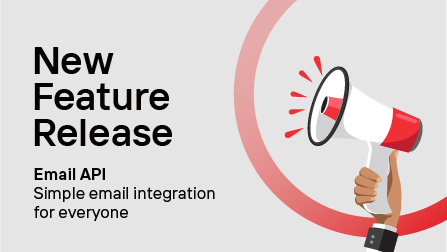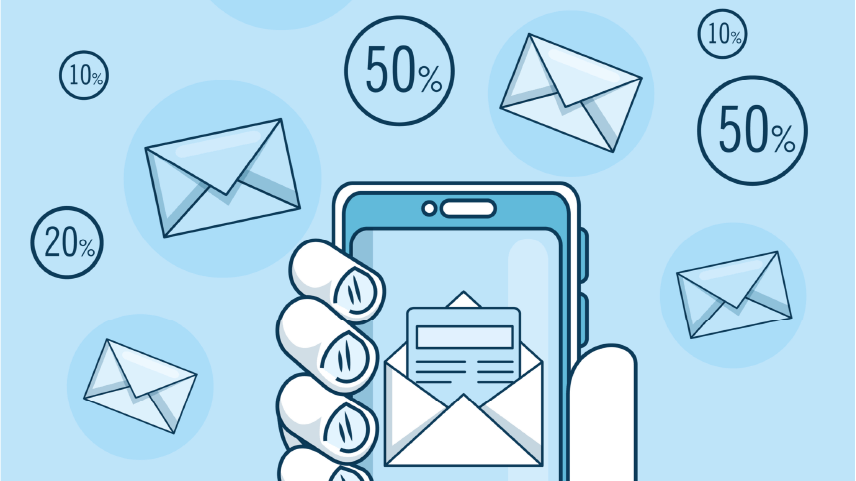Marketers are always on the lookout for the latest and the most creative method to attract customers. Yet, many of them are taking a second look at a method that has been in existence since the 1990s—SMS marketing. Marketers would excel in SMS marketing if they understand the basics, benefits, and best practices of this method.
Benefits of SMS Marketing..Find Out
- When people started using web-based messengers, many expected SMS to become obsolete. However, people still send and receive SMS messages profusely.
- SMS marketing is using permission-based text messages to send promotional content. The following are some of its benefits.
- Reach and coverage: More people own phones than ever before. There are over 5.1 billion unique mobile subscribers worldwide, all of whom can send and receive SMS messages.
- Even in the complex region of Middle East and Africa (MEA), the SMS delivery rate is 80.3 percent.
- Moreover, most marketers have moved onto social media leaving SMS marketing much less crowded. This implies that there is a huge target audience for this method.
- Open and click-through rates: Not only is SMS ubiquitous, its open and click-through rates are phenomenal, which make it ideal for catching mass attention. Quite a large number of people, around 48.7 million, are expected to opt to receive business SMS messages by 2020.
- Customization: SMS can be as versatile, engaging, and interactive as social media posts. They can also be customized according to different purposes, such as customer notifications, internal communications, political campaigns, or nonprofit fundraising.
Best Practices of SMS Marketing
Although it is relatively easy, SMS marketing has many unique characteristics. The following are a few best practices that marketers should adhere to in their SMS campaigns
1- Maintain clarity
- Be clear about what they are marketing, why they are doing so, who they are marketing to, and how to forge meaningful relationships with them. Once they identify this, they can customize the message according to the target audience.
2- Customize for mobile phones
Since SMS marketing is done via mobile phones, marketers should ensure the following:
- Keep the message focused, simple and clear. Message length should ideally be less than 160 characters.
- Choose a precise keyword and easy-to-remember short code.
- Include a call to action (CTA) in the SMS.
- Respect customer privacy and convenience, especially if there is a time-zone difference.
- Refrain from modifying messages made for desktops to suit SMS marketing.
- Offer SMS-only incentives to those who agree to receive messages, remain long-time customers or refer others.
- Note audience activity, such as on Instagram, and optimize content for those platforms.
-
3- Personalize according to audience
- SMS marketing should be relevant, sensitive, engaging, non-intrusive, and politically correct. Marketers can send person-specific messages, such as special offers, feedback requests, and birthday and anniversary greetings, with the customers’ permission. However, they should not be too frequent, as that may annoy customers.
-
4- Make it as interactive and engaging as possible
-
5- Monitor and improve
- Marketing professionals should track SMS campaigns to check performance and calculate return on investment (ROI). They can also improve the campaigns by adjusting the messages, days and times when they are sent, etc.
Compliance Requirements
- Unlike many other marketing channels, the laws around SMS marketing are strict. One of the major aspects that separate it from others is permission or prior consent. SMS campaigns should have an opt-in and opt-out element.
- Compliance requirements can differ from region to region. For example, in MEA, regulations are based on dynamic political, and cultural aspects. Many countries, such as the United Arab Emirates, Saudi Arabia, and Nigeria have introduced the Do-Not-Disturb (DND) feature to ensure customers’ privacy.
- Marketers should also be wary of sellers who promise to provide them mobile numbers in bulk, as they could have acquired them by illegal means. Many mobile network operators (MNOs) are resorting to traffic segregation to counter spamming.
Use of Technology
- Marketers who use promotional SMS campaigns have many tools, such as mass texting service, bulk SMS, programmable SMS, short code text marketing, and SMS API, to make their efforts efficient and effective. They also have the much easier option of using a communication platform that provides multiple features and tools.
- SMS marketing can be a high-performing channel in almost any vertical. However, marketers have to plan well, execute it with effectiveness, and pay close attention to compliance requirements. If they find this difficult, they can seek the help of expert communication providers. For example, Cequens not only has a communication platform built and supported by innovative technologies, but also is an expert provider in the MEA region.
Follow Us On Linkedin
CEQUENS Can Help
- We're a leading Communication Platform as a Service (CPaaS) provider in the Middle East and Africa (MEA) region that aims to bridge communication gaps in a communication-driven world.
- Powered by innovation and guided by a Cloud-First and Mobile-First approach, we provide omnichannel communication services and APIs that enable enterprises and developers to communicate with their customer base worldwide.
- As an Endeavor Entrepreneur and GSMA Associate Member and ISO-Certified company, CEQUENS plays a pivotal role in transforming business communication in the region.
- CEQUENS proprietary, PCI/DSS compliant Communication Platform leverages the latest cloud technologies and features a comprehensive portfolio of services that are industry-focused, agile, scalable, and cost-effective.
- Read Now: The Ultimate Guide to SMS Marketing



